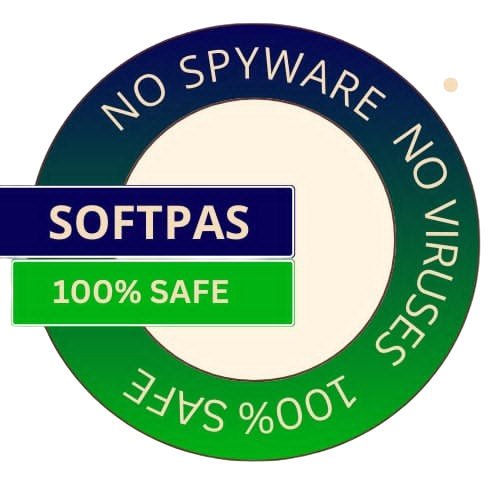
Get the best deals on your favorite games
So, let’s chat about ddrescue. This handy tool is a lifesaver when it comes to recovering data. To get started, you just need to unarchive it. Then, open up a Terminal window and head over to ddrescue's folder. Once you’re there, run these simple commands:
.\/configure\nmake\nsudo make install\nddrescue\nThe cool part? The basic operation of ddrescue runs totally automatic! You won’t have to wait for any errors or stop the program just to read logs or anything like that.
If you decide to use the logfile feature, you'll notice that your data gets rescued really efficiently. What’s great is that only the blocks needed are read. Plus, if you need to pause the rescue process at any time, you can pick up right where you left off later on!
Here’s another nifty trick: if you've got two or more damaged copies of a CD-ROM or file, just run ddrescue on each one with the same output file. You’ll likely end up with a complete and error-free file! This works because it’s pretty rare for different input files to have damaged areas in the same spots.
The logfile helps here too! It makes sure only the necessary blocks are read from any additional copies.
Your logfile is saved periodically. So if your system crashes while you're working, no worries—you can easily resume your rescue with minimal recopying.
You can even use the same logfile for different commands that copy various areas of a file and for multiple recovery attempts over different subsets.
Ddrescue also aligns its I/O buffer according to sector size. This means it can be used effectively with raw devices. For extra efficiency, it also aligns with memory page size if that size matches sector size.
Go to the Softpas website, press the 'Downloads' button, and pick the app you want to download and install—easy and fast!

SoftPas is your platform for the latest software and technology news, reviews, and guides. Stay up to date with cutting-edge trends in tech and software development.
Subscribe to newsletter
© Copyright 2024, SoftPas, All Rights Reserved.